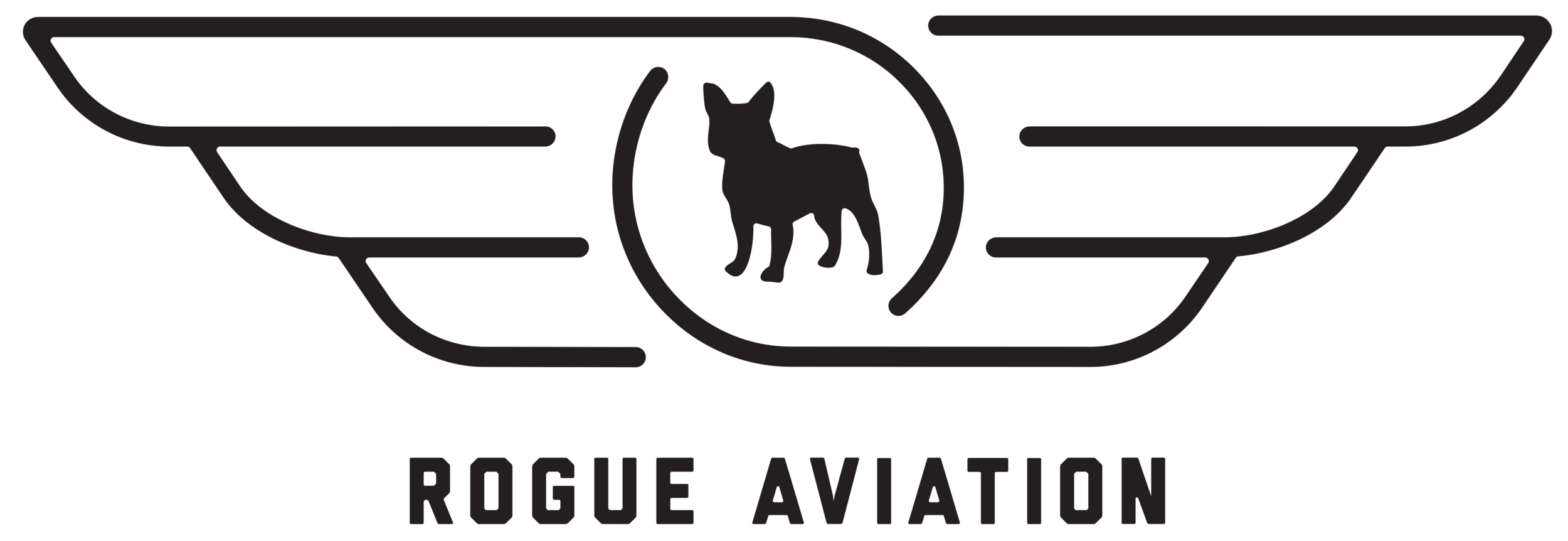Flight Goes Vertical: A Brief Helicopter History
While our interest in flight is technically traced back to China approximately 2000 years ago, the single main rotor helicopter with a tail rotor, like the ones used at Rogue Aviation Flight School, was not designed until the late 1930s. Designed by Russian scientist and pilot Igor Sikorsky, the VS-300 became the iconic helicopter model we have expanded upon for decades.
Like many aviators, Sikorsky was inspired by flight as a child. Decades after achieving great success with fixed-wing planes used in World War I, he immigrated to the States to continue his aviation career. When success following the war subsided, Sikorsky transitioned to helicopter development.
Inventors, including Sikorsky, sought to create an aircraft with the capabilities of vertical takeoff, backwards flight and hovering, and took inspiration from the Chinese bamboo-copter, or taketombo. A single main rotor was not enough, however. Although the copter would have lift, it needed directional control and anti-torque.
With a long, rectangular, steel frame, open pilot’s seat and the perfected addition of the single tail rotor, the VS-300 took its first tethered flight in 1940. After several years of development and redesign, the original VS-300 flew in its final form in 1941 and logged 102 career flight hours before moving to the Ford Museum in Michigan, permanently, in 1943.
Unlike the helicopters at Rogue, Sikorsky’s design had three blades on the main rotor instead of two, but it was his combination of a single lifting rotor with a single tail rotor that revolutionized military and recreational flying.
Interested in experiencing some of that highly-coveted vertical and backwards flight?
Take a discovery flight with Rogue Aviation.


